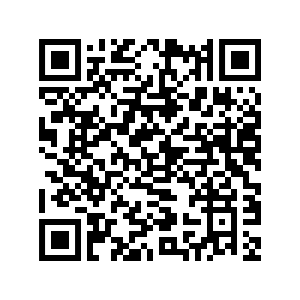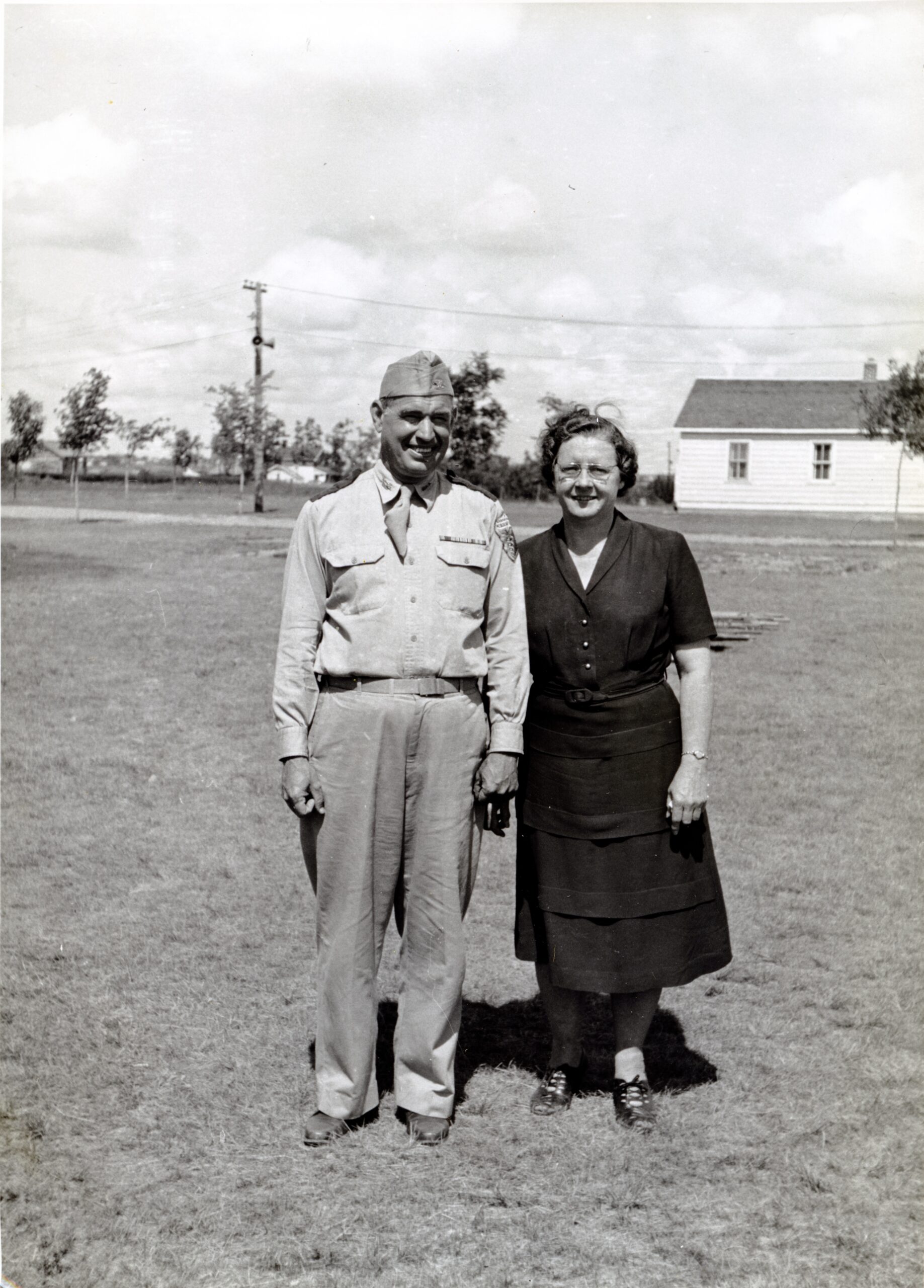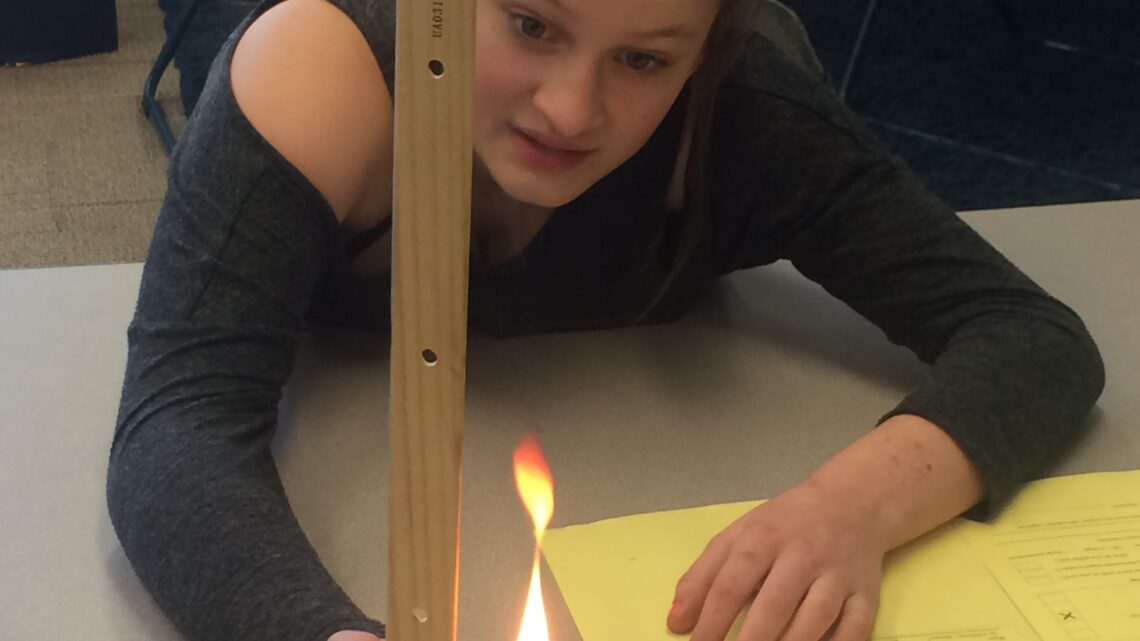Supplies
-Variety of nuts (peanut, walnut, almond, cashew)
-Paper clip
-Playdoh clay or pliers
-Lighter or match
-Ruler
-Timer
-An adult’s assistance and supervision
Instructions
- Place a mound of clay on your counter and flatten it slightly to make a stand for your paperclip.
- Bend one end of the paperclip straight out so it’s a tiny “spear.” Use that end to carefully attach a peanut. Push the round end of the paperclip into the clay.
- Have an adult use a lighter or match and hold it under the end of the peanut until it successfully lights.
- Start a timer to measure how long the peanut burns and a ruler to measure the height of the flame. Record your results and other observations.
- Repeat process with other nuts and compare your results.
- Help clean up afterward.
What Happened
Peanuts have a lot of oil (fat) stored inside. When you set the oil on fire (combustion), it resulted in light and heat. This is a great example of the transfer of energy. The process of combustion converted the energy from potential energy to heat – a form of kinetic (moving) energy.
Your body does a great job of changing food energy (calories) into an energy form you can use. Within your body, calories are converted into all kinds of energy: the warmth of your body (thermal energy), your brain signaling your muscles (electrical energy), and your muscles moving to perform work (mechanical energy).
Food contains energy. Your body converts food into the energy forms we need for life, but some foods work better for this process than others. Peanuts are full of tasty calories that come in the form of oil (fat). This oil is what made the peanut burn so well. In contrast, fruits and vegetables are made up mostly of water, but they also fuel our bodies with important vitamins and nutrients that our bodies need. We never want to run out fuel – whether it’s calories for your body, gas for a car, or the spiritual fuel that comes from spending time with Jesus.
Reflection
- How high did your flame get? How long did your peanut burn?
- Compare a peanut with another nut like a walnut, almond or cashew. How did the results vary?
- In terms of energy production, how is burning a peanut similar to eating a peanut? How are they different?
- How do foods we eat affect how our bodies feel and the amount of energy we have?
- What are some ways you can use your health and energy to share the love of Jesus?
Bible Lesson
Daniel 1:6-17 records the story of Daniel and his friends making a decision about what type of food they’d eat to fuel their bodies. Through this unique diet request, they became witnesses whom God used in amazing ways. Daniel and his friends grew strong and stood out from the other teenagers, which made the king take notice! King Nebuchadnezzar was so impressed with Daniel, Shadrach, Meshach and Abednego that they were given important jobs in Babylon. They stood up for God over and over again and let their light shine for all of Babylon to see (Matthew 5:16). Fueled by the Holy Spirit, God used them to show His love and He wants to do the same through us today.
Scan the QR code (or search in YouTube “Dakota SDA Kids Fiery Peanuts”) to join me in my kitchen for this experiment. We’ll also dive deeper into the story of Daniel and his friends being witnesses in Babylon.

Kelli Wasemiller is elementary education superintendent for the Dakota Conference.









